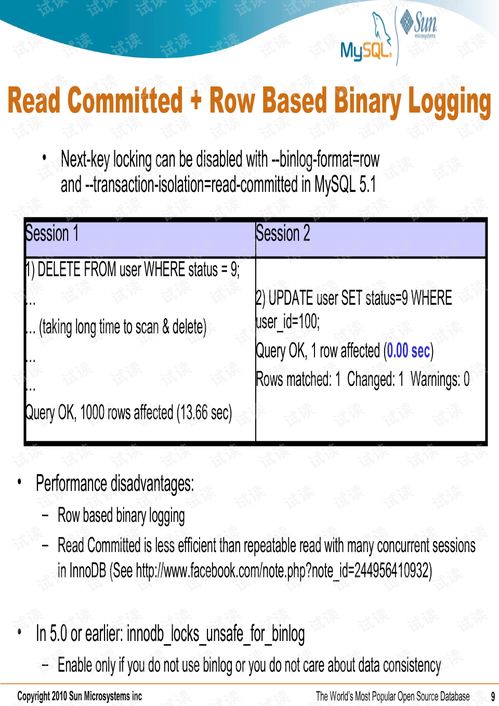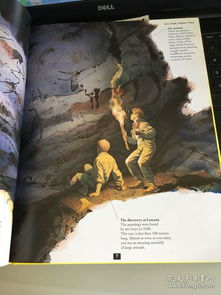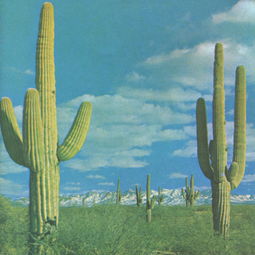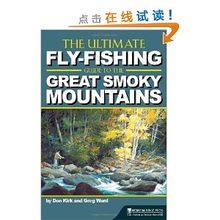Content:
Fishing at sea reclamation dams, or fish ponds, has become an increasingly popular pastime for anglers seeking a unique and serene fishing experience. These man-made bodies of water, created for aquaculture purposes, offer a unique challenge and opportunity for anglers to catch a variety of fish species. Whether you are a seasoned fisherman or a beginner looking to explore new waters, here are some essential tips and techniques to help you master the art of fishing at sea reclamation dams.
- Research the Pond
Before you set out on your fishing adventure, it's crucial to research the sea reclamation dam you plan to visit. Understand the type of fish that inhabit the pond, their feeding habits, and the best times to fish for them. This information can be gathered from local fishing forums, local fishery departments, or even from experienced anglers in the area.
- Choose the Right Equipment
Selecting the appropriate fishing gear is essential for a successful fishing trip. Here are some key pieces of equipment to consider:
- Rod and Reel: Choose a rod and reel that match the type of fish you're targeting. For larger species, a heavy-duty setup may be necessary, while lighter rods and reels are suitable for smaller fish.
- Line: Use a line that is strong enough to handle the fish you expect to catch. Monofilament, fluorocarbon, or braided line can be suitable, depending on the conditions and fish species.
- Hooks: Select hooks that are appropriate for the size of the bait and the fish you're targeting. Sharp hooks are crucial for successful hook-ups.
- Bait: Understand what the fish in the pond are eating. Live bait, such as worms or minnows, can be effective, but artificial lures can also work well.
- Identify the Best Spots
Sea reclamation dams often have different areas with varying fish populations. Look for areas with submerged structures, weed beds, or areas where the water flow is slower. These spots can be hotspots for fish looking for cover or food.
- Understand the Water Flow
Water flow can significantly impact fish behavior. In dams, water flow can be controlled, so it's important to understand how the flow affects fish movement. Fish tend to congregate in areas with slower water flow, such as near the dam's base or in areas where water is pooled.
- Timing is Key
Fish are most active during certain times of the day. Early morning and late evening are typically the best times to fish as fish are most active during these periods. However, some species may be more active during different times of the day, so adapt your schedule accordingly.
- Patience is a Virtue
Fishing at sea reclamation dams requires patience. Fish may not bite immediately, and you may need to experiment with different techniques or locations. Stay focused and be prepared to wait for the right moment.
- Be Mindful of Safety
Always prioritize safety when fishing. Check the weather forecast before heading out, wear appropriate clothing, and be aware of your surroundings. If you're fishing in a group, make sure everyone is accounted for and aware of safety measures.
- Learn from Others
If possible, fish with experienced anglers or join a local fishing group. Learning from others can provide valuable insights into the best techniques and spots for fishing at sea reclamation dams.
- Respect the Environment
Fishing at sea reclamation dams is not just about catching fish; it's also about enjoying nature. Be respectful of the environment and the fish you're targeting. Follow all local fishing regulations and practice catch-and-release when appropriate.

- Practice Your Techniques
Finally, practice makes perfect. Spend time honing your fishing techniques, such as casting, baiting, and reeling in. The more skilled you are, the more successful you'll be at catching fish.
In conclusion, fishing at sea reclamation dams can be a rewarding experience with the right approach. By researching the pond, choosing the right equipment, identifying the best spots, understanding water flow, and practicing patience and safety, you'll be well on your way to mastering the art of fishing at these unique aquatic environments. Happy fishing!












